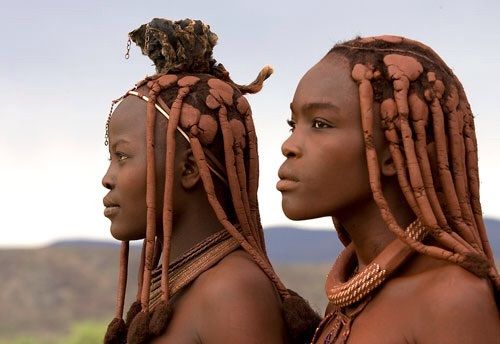
Exploring the Complexities of Natural Hair Taboos
In societies across the world, hair has long held symbolic and cultural significance. For many individuals, especially those with African and Afro-Caribbean heritage, the relationship with their natural hair has been deeply affected by historical and societal taboos. The natural hair movement, a contemporary phenomenon, seeks to challenge these taboos and reclaim the beauty and identity associated with natural hair textures. To understand the present, we must delve into the past to uncover the origins and evolution of these cultural taboos against natural hair.
Historical Roots: From Colonization to Eurocentric Ideals
The origins of cultural taboos against natural hair can be traced back to the era of colonization and the Atlantic slave trade. During this period, African cultural practices and traditions were systematically suppressed by colonial powers. The forced adoption of European standards of beauty, including straight hair textures, was a means of erasing cultural identity and promoting a Eurocentric aesthetic. Natural hair, which often held deep spiritual and cultural significance, was denigrated as "uncivilized" and "unkempt."
Social and Workplace Implications
The legacy of colonialism and its impact on perceptions of beauty have persisted over the centuries. In many societies, natural hair textures have been stigmatized and deemed less professional or socially acceptable. This has led to discriminatory practices in workplaces, schools, and other institutions. Individuals with natural hair have faced pressure to conform to Eurocentric hair standards to avoid judgment and discrimination.
Media and Beauty Standards: Reinforcing Taboos
Media, particularly in the Western world, has played a significant role in perpetuating natural hair taboos. Historically, mainstream media have predominantly showcased Eurocentric beauty ideals, featuring straight hair textures. This underrepresentation and lack of diversity in media representations have contributed to the normalization of these beauty standards, making it challenging for individuals with natural hair to feel accepted and valued.
The Rise of the Natural Hair Movement
The turning point in the battle against natural hair taboos came with the rise of the natural hair movement. Starting in the late 20th century and gaining momentum in the 21st century, this movement sought to challenge the Eurocentric norms imposed on hair textures. Social media platforms and online communities provided spaces for individuals to share their natural hair journeys, stories, and advice, fostering a sense of empowerment and solidarity.
Reclaiming Identity and Empowerment
The natural hair movement has become a powerful platform for reclaiming cultural identity and promoting self-love. Individuals now proudly wear their natural hair textures in various styles, including afros, braids, twists, and dreadlocks. Celebrities, influencers, and public figures have embraced their natural hair, helping to shift societal perceptions and norms.
Educational Initiatives and Representation
Efforts to break down natural hair taboos include educational initiatives that highlight the cultural significance and diversity of natural hair. Representation in media and fashion is slowly evolving, with more brands showcasing models with various hair textures. These efforts aim to challenge deeply ingrained biases and create an inclusive narrative.
From Taboos to Empowerment
The journey from cultural taboos against natural hair to empowerment and self-acceptance has been marked by resilience, education, and advocacy. By acknowledging the historical origins of these taboos and fostering open conversations, societies can continue to dismantle harmful perceptions and celebrate the beauty of natural hair textures. The natural hair movement stands as a testament to the power of collective action, reclaiming cultural heritage, and embracing individuality in a world that is gradually moving towards greater acceptance and understanding.

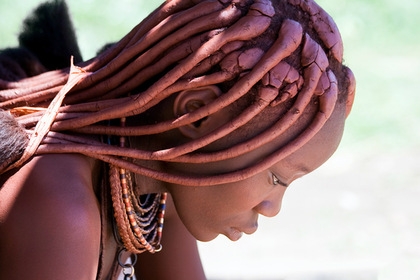
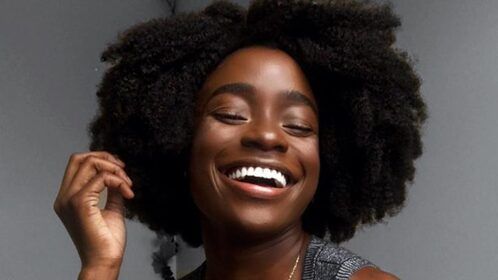
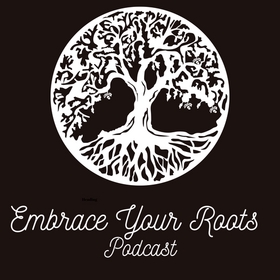
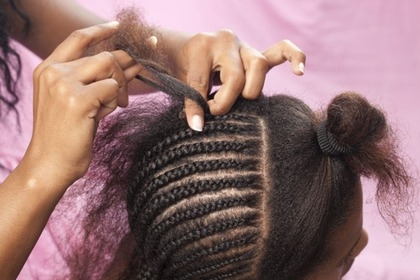

Leave Comment Below
0 Comment(s)